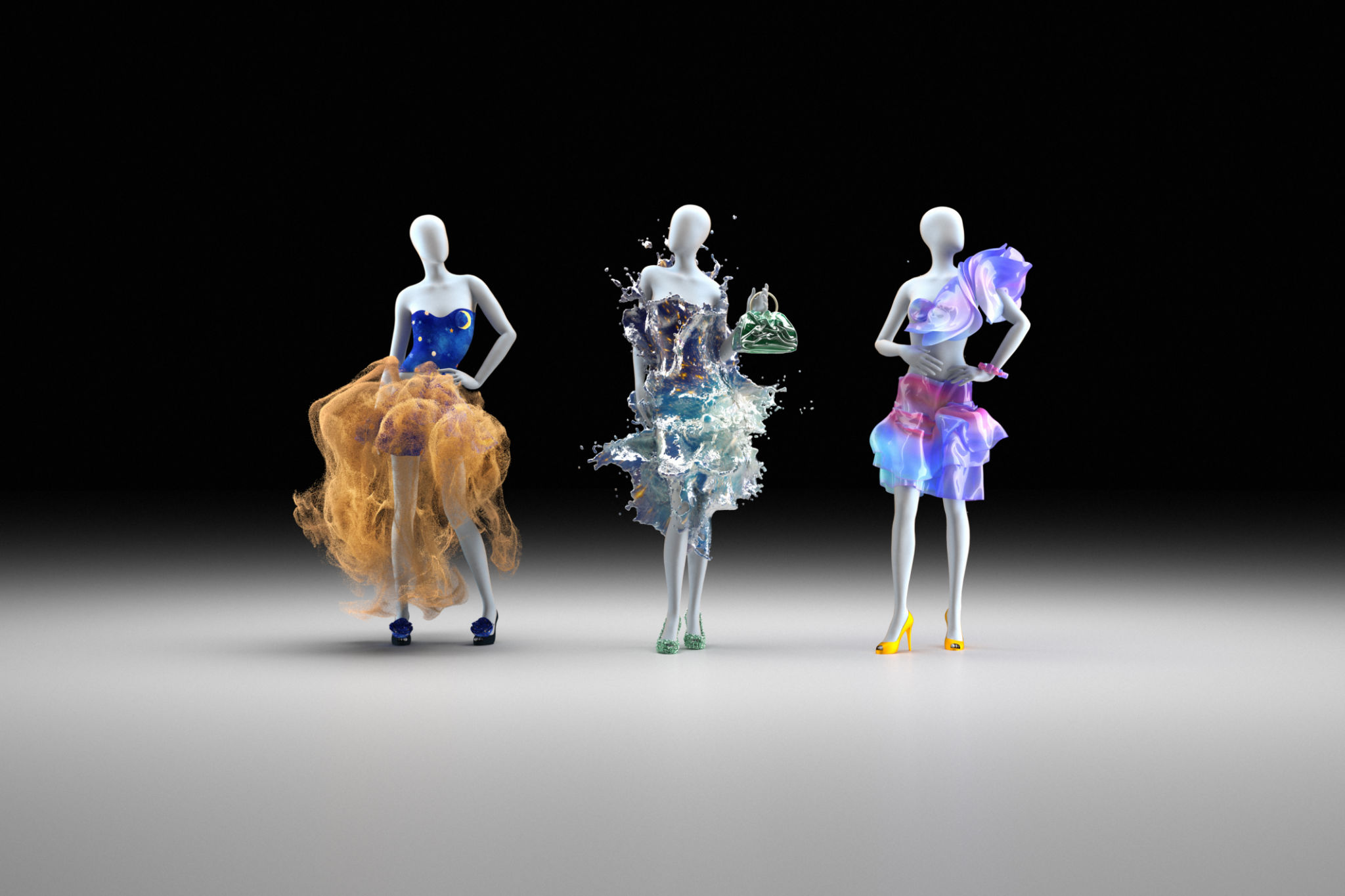Exploring Virtual Reality in Fashion: A New Shopping Experience
The Rise of Virtual Reality in Fashion
In recent years, virtual reality (VR) has been making waves across various industries, and the fashion sector is no exception. With the rapid advancement of VR technology, it has become an integral part of the modern shopping experience. This innovative approach not only enhances customer engagement but also opens up new avenues for brands to showcase their creativity.
Virtual reality allows customers to experience fashion in a completely new way. By donning a VR headset, shoppers can immerse themselves in a digital world where they can explore virtual stores, try on clothes, and even attend fashion shows—all from the comfort of their homes. This transformation is paving the way for a more interactive and personalized shopping journey.

Transforming the Shopping Experience
Traditional shopping experiences often require time and effort, with consumers needing to visit multiple stores to find the perfect outfit. However, VR technology is revolutionizing this process by offering a seamless and convenient alternative. Virtual fitting rooms allow customers to try on clothes without physically being in a store, reducing the hassle of returns and exchanges.
Moreover, VR enables brands to create immersive storytelling experiences that captivate their audience. By integrating interactive elements and rich media content, brands can effectively communicate their story and values to consumers, creating a deeper emotional connection.
Benefits for Retailers and Consumers
For retailers, integrating VR into their business model offers numerous advantages. It provides an opportunity to showcase a wider range of products without the constraints of physical space. Additionally, it allows for real-time data collection on consumer preferences and behaviors, enabling more targeted marketing strategies.

For consumers, the benefits are equally compelling. VR shopping eliminates geographical barriers, providing access to global fashion trends and exclusive collections that might otherwise be out of reach. It also offers a more sustainable shopping option by reducing the need for physical stock and minimizing waste.
The Future of Fashion and VR
As technology continues to evolve, the potential for VR in fashion is limitless. We can expect to see even more sophisticated and realistic virtual environments that enhance the shopping experience. Innovations such as haptic feedback could allow users to "feel" the texture of fabrics, further bridging the gap between virtual and physical shopping.
Fashion brands are already experimenting with virtual reality runways and digital-only collections, signaling a shift towards a more digital-centric approach. As consumer demand for immersive experiences grows, VR is set to become an integral part of the fashion industry's future.

Challenges and Considerations
Despite its many advantages, there are challenges that come with adopting VR in fashion. The cost of developing high-quality VR content can be prohibitive for smaller brands. Additionally, ensuring user accessibility and comfort—such as preventing motion sickness—is crucial for widespread adoption.
Brands must also consider the privacy and security implications of collecting consumer data through VR platforms. By addressing these concerns, the fashion industry can harness the full potential of virtual reality while maintaining consumer trust.
Conclusion
The integration of virtual reality in fashion represents an exciting new frontier for both retailers and consumers. By offering an innovative and engaging shopping experience, VR is reshaping the way we interact with fashion. As technology advances and adoption becomes more widespread, it will undoubtedly play a significant role in defining the future of retail.
